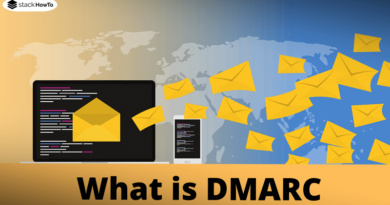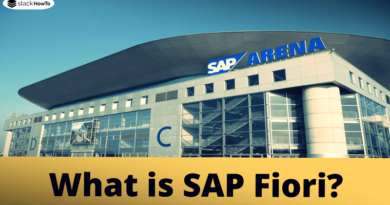What is Application Lifecycle Management (ALM)?
A software product has several typical phases in its life cycle, which can also be found in other software projects regardless of the type and complexity of the software. Although software development does not have a standardized format and is increasingly characterized by agility and flexibility, it enables the best results to be achieved with an industrial approach by evaluating industrial methods, processes, and business models over all phases of the software development process and beyond that throughout the entire product lifecycle.
Definition
The software industry is relatively young. Application Lifecycle Management (ALM) refers to the classic concept of Product Lifecycle Management (PLM), which was originally used in the manufacturing industry. The ALM concept aims to industrialize, automate, optimize, and standardize the management processes running in the life cycle of a software product.
The ALM consists of several phase-specific management processes and includes requirements management, software architecture, design, programming and implementation, integration, testing, operation and maintenance, configuration and change management as well as project, license, and release management.
Unlike isolated, specialized engineering and management tools that are designed for certain phases of the life cycle, there are complete ALM solutions that cover all phases of the life cycle from requirements engineering to the analysis of customer experiences and all processes within one Consolidate management system. Advanced integrated ALM systems support other management activities such as project planning, effort estimation, task management, reporting, statistics, monitoring, and control.
3 areas of the ALM processes for the integration of the complete product life cycle
ALM is not limited to the software development life cycle (SDLC). It encompasses the complete life cycle and the entire period of an application: from the initial idea, through design, implementation, and operation, to shut down and retirement. ALM processes can be divided into the following three areas:
1. Development
- Requirements definition, analysis and management,
- Architecture
- Design
- Implementation/programming
- Testing
- Troubleshooting
- Optimization and further development
- Provision of bug fixes and software updates/upgrades
2. Governance
- Project management with a task
- Control
- Communication
- Workflow and document management throughout the product life cycle
- Market analysis and portfolio management
- Verification of requirements
- Analysis of customer/operational experiences
- Profitability review
- Quality control
3. Operations
- Administration
- Maintenance
- Monitoring
- Security monitoring and analysis
- Configuration and license management
- Installation of software updates and upgrades
Software Development Life Cycle (SDLC)
Although SDLC is a fundamental part of development, it is not the same as the entire ALM cycle. After the implementation of the application, deployment is the next step, in which the application is installed in a production environment and brought into operation.
As soon as the application has no business value and no longer meets the new requirements, it will reach the end of its life cycle and be phased out.
Governance is the crucial area that determines both the project goals and the project organization, methods, and procedures in the life cycle and on which the success of the project depends. The Operations area begins after the application has been fully tested and continues until it is shut down.
Connections
All three ALM areas – Development, Governance, and Operations – are closely linked. They can run in parallel in individual phases of the ALM cycle and are strongly characterized by agile product development and modern cross-platform DevOps methods (Development & Operations). With ALM and DevOps, the organization, methods, process models, and practices of software development, project management, and operation are raised to a higher level that best meets the growing technological and market requirements and enables a logical transition from software development to Industry 4.0.
Conclusion
ALM offers new business models and changes both the processes and the relationship between the software manufacturer and the customer. An ALM system can be viewed from the perspective of the software manufacturer (software development, marketing, sales, support, functional improvement, and expansion) as well as from the perspective of the customer (evaluation, piloting, integration, installation/rollout, operation). ALM tools have proven to be effective process management solutions that connect the two groups – the software manufacturer and the customer – and improve the quality of the application software in the long term. This is a win-win situation in which the manufacturer and the customer derive many advantages from the functions of an ALM solution and actively contribute to increasing the software quality.





